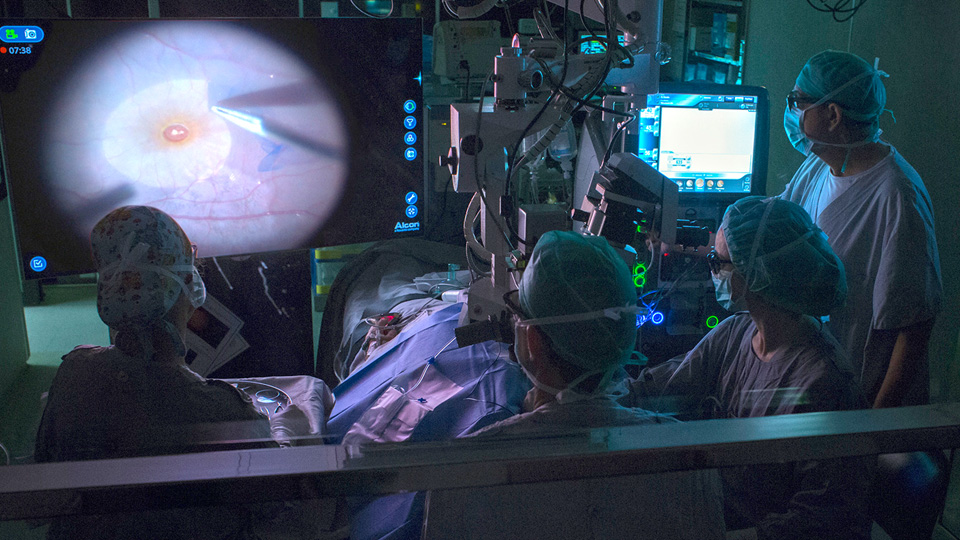All about the skin around the eyes and “drooping” eyelids
04/04/2025

21/08/2023
We are currently in a transformative moment in ophthalmic surgery marked by disruptive advances, such as 3D visualization systems, which allow professionals to approach interventions in a simpler and more intuitive manner.
The 3D visualization systems used during certain eye surgeries can enhance a surgeon's visualization of ocular structures, providing a high-definition view on large screens, enabling precise work on the eye's surface. This technology can offer greater depth of field and provide the specialist with a panoramic view on a large-format screen, which can be particularly useful in highly precise surgeries such as macular surgeries.
Furthermore, thanks to the three-dimensional image, professionals can now perceive depth in a way that was not possible before. Working with a digital image allows for enlargement and the use of filters to enhance visualization of specific ocular structures.
The use of this system during surgeries helps reduce the eye's exposure to light, potentially leading to less light toxicity and facilitating visualization for the surgeon.
Today, this type of technological innovation also opens doors to the training of future eye health professionals. 3D surgery holds significant educational value, as it allows students and residents to see with the same depth, focus, and clarity as the surgeon during an intervention, aiding in the training and education of new generations and potentially improving their performance of various techniques and their confidence in the operating room.
Undoubtedly, the future of ophthalmic surgical interventions lies in practicing the best possible surgical technique that enables professionals to anticipate potential complications and provide the best assurances to patients. To achieve these objectives, innovative tools like 3D visualization systems, along with new diagnostic equipment, the latest instruments, and the most qualified professionals, are provided.